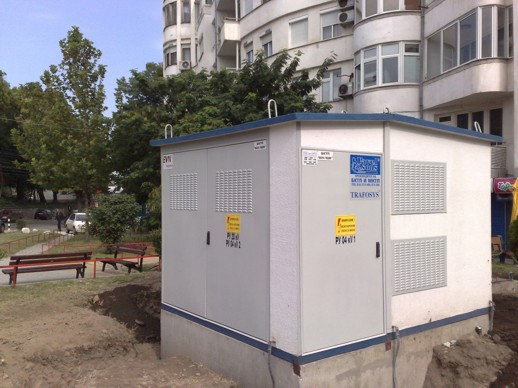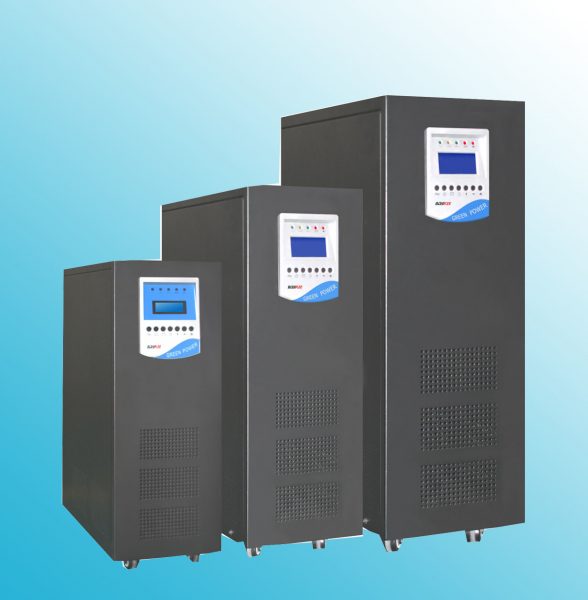
سیستم ارتینگ و گراندینگ چیست؟
ارتینگ، اتصال مستقیم و فیزیکی به زمین (کره زمین) به عنوان یک رسانای بسیار بزرگ است در حالی که در گراندینگ، اتصال فیزیکی به خود زمین مطرح نیست . به لحاظ لغت شناسی، گرانیدنگ اصطلاحی است که بیشتر در آمریکای شمالی و استاندارد IEEE مصطلح است در حالی که واژه ارتینگ در سایر مناطق جهان استفاده می شود.به لحاظ تکنیکی، همانطور که در کتاب سبز IEEE بحث شده است، وقتی صحبت از ارتینگ می شود، اتصال مستقیم و فیزیکی به زمین (کره زمین) به عنوان یک رسانای بسیار بزرگ مطرح است. در حالی که در گراندینگ، همانند آنچه در اتصال قطب منفی منابع تغذیه مدارات الکترونیک یا ایجاد مسیر برگشت جریان در مدارات قدرت مطرح است، اتصال فیزیکی به خود زمین مطرح نیست و تنها ایجاد یک نقطه پتانسیل مرجع و یا ایجاد مسیری ارزان برای برگشت جریان (نول) و کارکرد صحیح تجهیزات اهمیت دارد. لذا ممکن است نقطه گراند در محلی با فاصله از زمین واقع شده باشد یا با واسطه (امپدانس) و به طور غیر مستقیم به زمین وصل باشد. به عبارت دیگر، ولتاژ نقطه ارت همواره صفر است در حالی که ولتاژ نقطه گراند ممکن است صفر نباشد.در مبحث زیر که به منظور حفظ امانت در محتوی مقاله متن اصلی آن بدون ترجمه جهت خوانندگان محترم آورده شده است سیستم ارت بطور کامل و جامع توضیح داده شده است.
In an electrical installation an earthing system or grounding system connects specific parts of that installation with the Earth’s conductive surface for safety and functional purposes. The point of reference is the Earth’s conductive surface. The choice of earthing system can affect the safety and electromagnetic compatibility of the installation. Regulations for earthing systems vary considerably among countries, though many follow the recommendations of the International Electrotechnical Commission. Regulations may identify special cases for earthing in mines, in patient care areas, or in hazardous areas of industrial plants
In addition to electric power systems, other systems may require grounding for safety or function. Tall structures may have lightning rods as part of a system to protect them from lightning strikes. Telegraph lines may use the Earth as one conductor of a circuit, saving the cost of installation of a return wire over a long circuit. Radio antennas may require particular grounding for operation, as well as to control static electricity and provide lightning protection
Protective earthing
An earth ground connection of the exposed conductive parts of electrical equipment helps protect from electric shock by keeping the exposed conductive surface of connected devices close to earth potential, when a failure of electrical insulation occurs. When a fault occurs, current flows from the power system to earth. The current may be high enough to operate the over current protection fuse or circuit breaker, which will then interrupt the circuit. To ensure the voltage on exposed surfaces is not too high, the impedance (resistance) of the connection to earth must be kept low relative to the normal circuit impedance
An alternative to protective earthing of exposed surfaces is a design with “double insulation” or other precautions, such that a single failure or highly probable combination of failures cannot result in contact between live circuits and the surface. For example, a hand-held power tool might have an extra system of electrical insulation between internal components and the case of the tool, so that even if the insulation for the motor or switch fails, the tool case is not energized
Functional earthing
A functional earth connection serves a purpose other than electrical safety, and may carry current as part of normal operation. For example, in a single-wire earth return power distribution system, the earth forms one conductor of the circuit and carries all the load current. Other examples of devices that use functional earth connections include surge suppressors and electromagnetic interference filters
Low-voltage systems
In low-voltage networks, which distribute the electric power to the widest class of end users, the main concern for design of earthing systems is safety of consumers who use the electric appliances and their protection against electric shocks. The earthing system, in combination with protective devices such as fuses and residual current devices, must ultimately ensure that a person must not come into touch with a metallic object whose potential relative to the person’s potential exceeds a “safe” threshold, typically set at about 50 V
On electricity networks with a system voltage of 240 V to 1.1 kV, which are mostly used in industrial / mining equipment / machines rather than publicly accessible networks, the earthing system design is as equally important from safety point of view as for domestic users
In most developed countries, 220 V, 230 V, or 240 V sockets with earthed contacts were introduced either just before or soon after World War II, though with considerable national variation in popularity. In the United States and Canada, 120 V power outlets installed before the mid-1960s generally did not include a ground (earth) pin. In the developing world, local wiring practice may not provide a connection to an earthing pin of an outlet
If the fault path between accidentally energized objects and the supply connection has low impedance, the fault current will be so large that the circuit overcurrent protection device (fuse or circuit breaker) will open to clear the ground fault. Where the earthing system does not provide a low-impedance metallic conductor between equipment enclosures and supply return (such as in a TT separately earthed system), fault currents are smaller, and will not necessarily operate the overcurrent protection device. In such case a residual current detector is installed to detect the current leaking to ground and interrupt the circuit
For a time, US National Electrical Code allowed certain major appliances permanently connected to the supply to use the supply neutral wire as the equipment enclosure connection to ground. This was not permitted for plug-in equipment as the neutral and energized conductor could easily be accidentally exchanged, creating a severe hazard. If the neutral was interrupted, the equipment enclosure would no longer be connected to ground. Normal imbalances in a split phase distribution system could create objectionable neutral to ground voltages. Recent editions of the NEC no longer permit this practice. For these reasons, most countries have now mandated dedicated protective earth connections that are now almost universal































